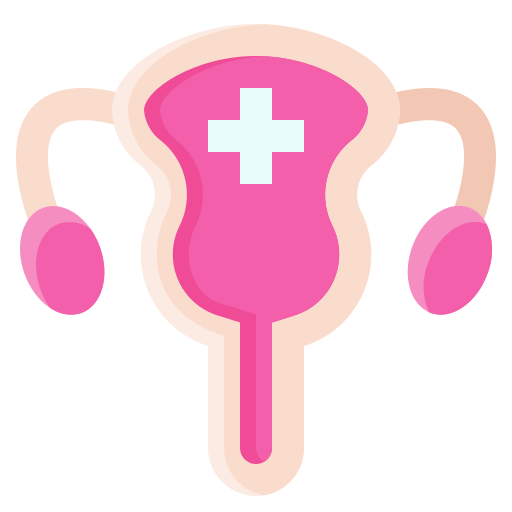The Role of Laser Assisted Hatching in IVF
Laser assisted hatching is a form of assisted reproductive technology that is recommended in combination with IVF to couples with history of unsuccessful pregnancies with a standalone IVF technique. Laser hatching in IVF improves the chances of successful pregnancy which is marked by an unobstructed and complete implantation of the embryo onto the endometrium lining of the uterus, commonly known as the uterine wall. It follows the same methodology as that of IVF with a minor additional step called laser hatching. After the fertilisation part of the process has taken place, the forming zygote is left undisturbed for a few days to undergo the divisional developmental stages until it matures enough to be ready for implantation. While going through the developmental stages, a protective layer forms around the embryo that not only protects it but alos provides it with the required nourishment to help it grow. This protective and nourishing layer is known as zona pellucida. Often times, the zona pellucida hardens during the developmental stage of the embryo, making it difficult for it to “hatch” and form a placental connection with the endometrium, causing a failed implantation despite proper fertilisation using IVF. Because of this pregnancy doesn’t occur, rendering the entire IVF attempt as unsuccessful. This acts as a major blow to all the time, effort and finances couples invest in the process, disheartening them. This occurrence can be avoided by using the laser assisted hatching by creating a small crack or poking a hole in the zona pellucida. This facilitates the grown embryo to successfully “hatch” from the hardened protective layer and implant itself onto the endometrium lining. Laser assisted hatching.

IVF Services We Offer

Ovulation Induction & Cycle Monitoring
Read More>>

Intrauterine Insemination (IUI)
Read More>>

In Vitro Fertilisation (IVF)
Read More>>

Intracytoplasmic Sperm Injection (ICSI)
Read More>>

Blastocyst Transfer
Read More>>

Frozen Embryo Transfer (FET)
Read More>>

Hysterosalpingogram (HSG) & Tubal Evaluation
Read More>>

Hysteroscopy And Laparoscopy Surgeries
Read More>>

Doppler Tests & Urological Procedures
Read More>>

Cryopreservation Of Embryos
Read More>>

Vitrification Of Eggs
Read More>>

Endometrial Receptivity Analysis (ERA)
Read More>>

Time Lapse Embryo Monitoring
Read More>>

Laser Assisted Hatching (LAH)
Read More>>

Preimplantation Genetic Screening (PGS)
Read More>>

DNA Fragmentation Index Of Sperm (DFI)
Read More>>

Oocyte Donation
Read More>>

Sperm Donation
Read More>>

Free Counselling
Read More>>

Does the Laser Assisted Hatching Lead to a Successful Pregnancy?
Laser assisted hatching has proven to be an immensely successful procedure in the assisted reproductive technology field, especially in cases of couples with previously unexplained failed attempts at pregnancy despite getting an IVF treatment.
However, laser assisted hatching success rates also depend on other factors, such as the condition of the endometrium at the time of implantation. An unprepared endometrium will prevent the placental connection from forming, leading to no pregnancy despite successful fertilisation and hatching of the embryo from the zona pellucida using this method.
Why Choose Aastha IVF?
We, at Aastha IVF, can provide you with assistance from our globally trained fertility experts. Their expertise, coupled with our advanced technological methods and high end equipment, can assure a complete package of satisfaction along with the joy of parenthood.




